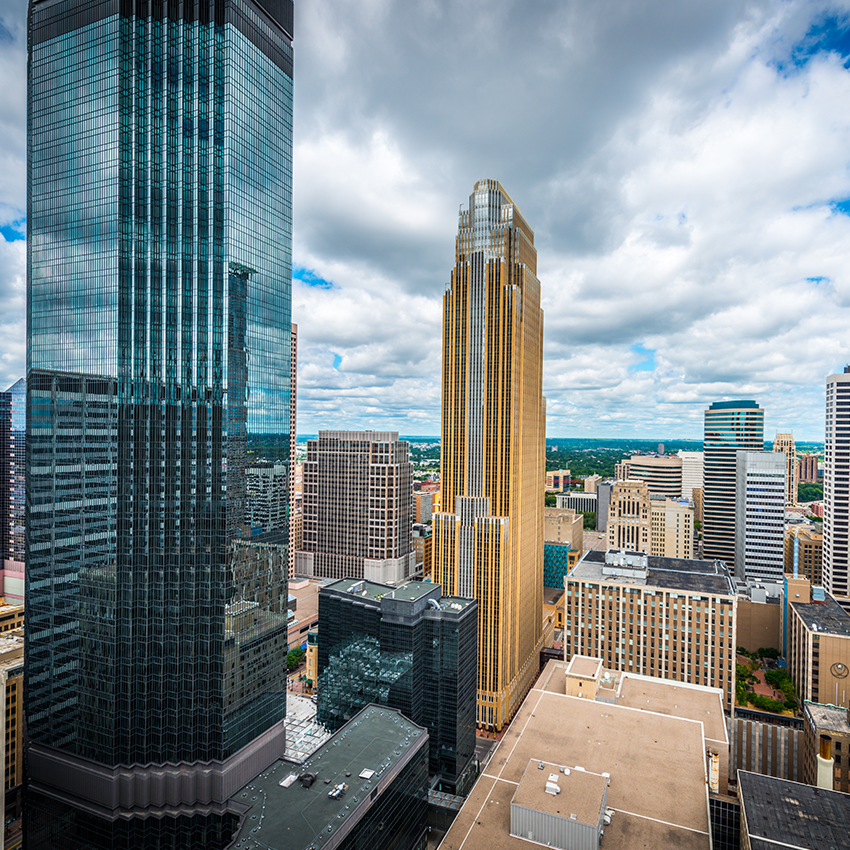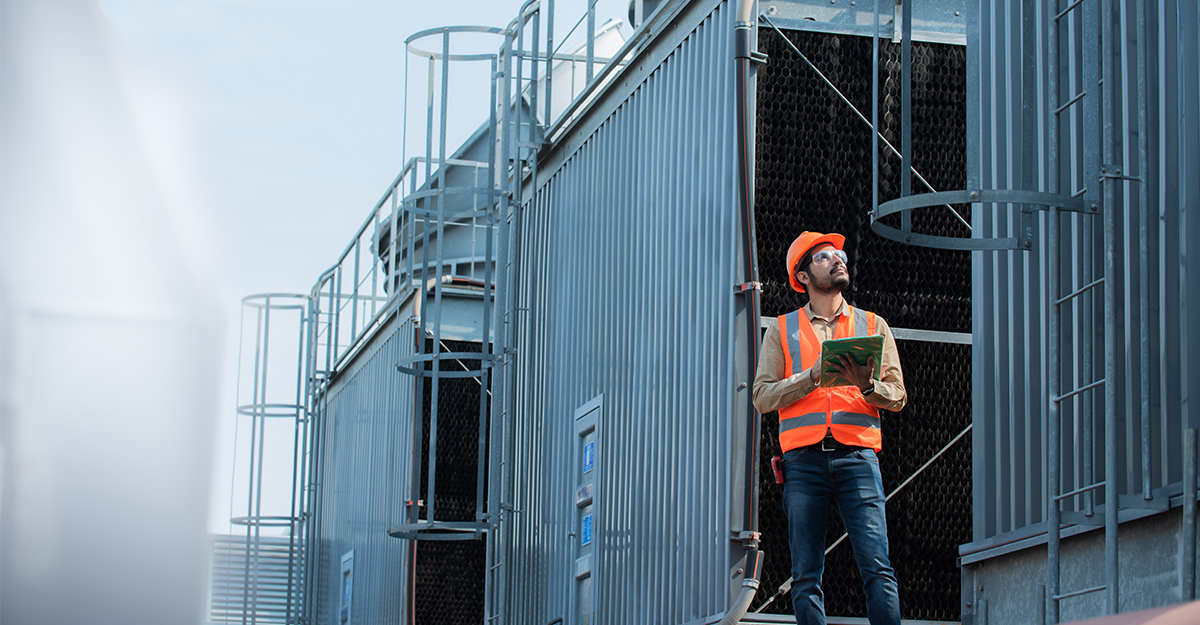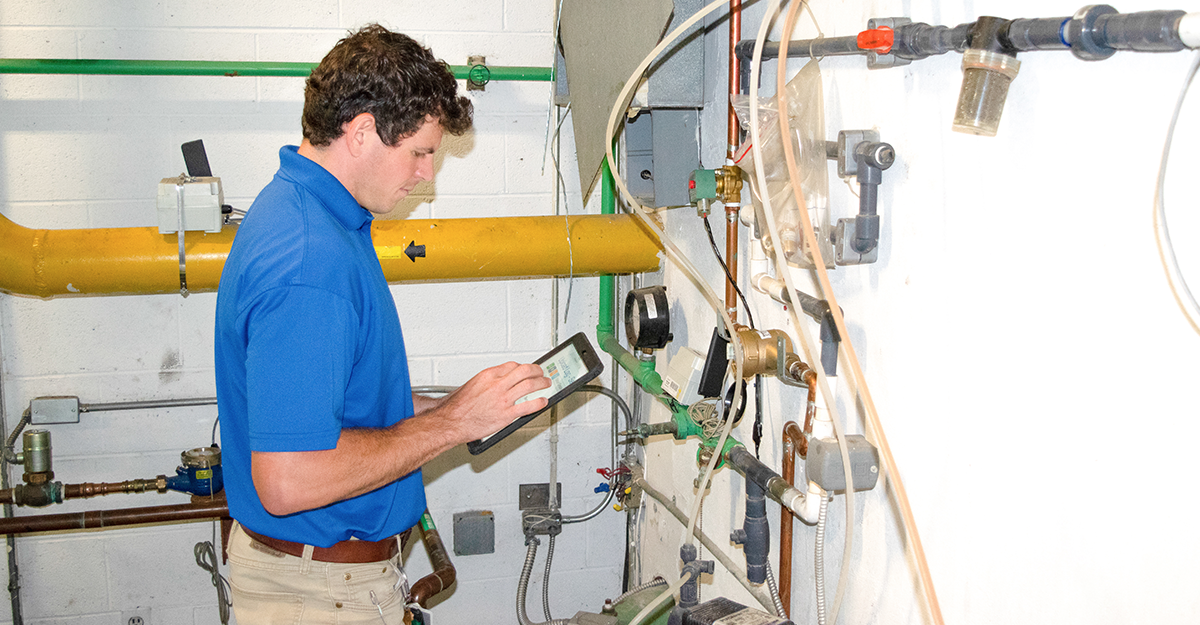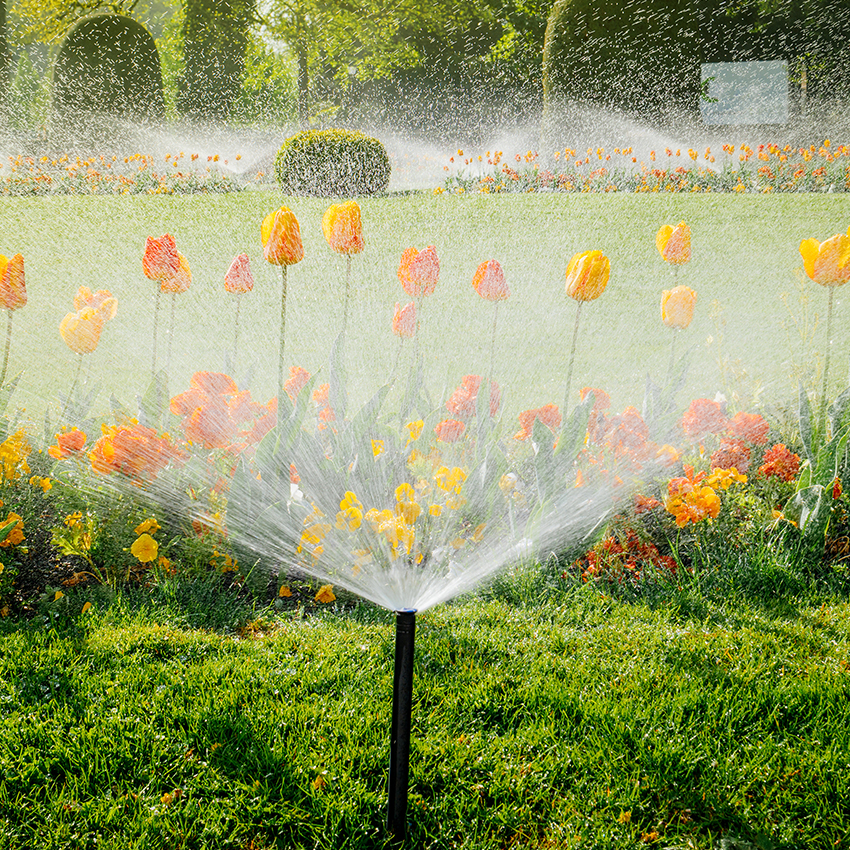Water, more than any other resource, has become a hot-button issue. Where once countries in the Western world thought, and acted, as though water was a limitless resource, they are now tightening the reins in hopes that water conservation is not at the stage known as “too little and too late.”
Water conservation is also an important issue for building owners seeking LEED certification.
What is LEED?
Leadership in Energy and Environmental Design, or LEED, is a globally recognized paradigm in the construction industry. Builders, managers, and owners can use LEED to measure all the inputs into a building’s envelope to determine the actual footprint of a given building rather than its apparent burden.
The LEED program selects various attributes within the building envelope and, by establishing parameters, achieves cost savings, lowers carbon emissions, and creates healthier environments in buildings where people live, work, learn, play, and worship.
Working alongside the U.S. Green Building Council, or USGBC, LEED measurements can determine if a building meets the criteria which allow it to claim excellence in “green” building.
The LEED program has passed through a number of iterations. Today’s LEED-certified buildings are working with LEED v4. One of the mandates of this version requires buildings to take a more comprehensive approach to water efficiency by evaluating total building water use with a water data management system, like WaterSignal.
Conserve water and save money with WaterSignal
More than measuring a building’s water use and conserving water wherever possible, WaterSignal helps building owners and managers avoid egregious water usage (e.g., so much water that it runs into storm drains, or sprinklers running even in the rain). WaterSignal even alerts building owners and managers to serious trouble in real time, like a water main break. In fact, before WaterSignal was implemented, building owners and managers had no choice but to wait out an entire billing cycle (typically three months at a minimum) to determine how much water their buildings were using.
WaterSignal fits perfectly into LEED building implementation in a number of ways:
● It reduces indoor water consumption by allocating water more effectively.
● It reduces human effects on natural water resources like lakes, streams and reservoirs. This, in turn helps lift the burden on municipal water supplies and wastewater systems.
● It helps acquaint building owners and managers with the amount of water used, and encourages water savings via more efficient plumbing fixtures and fittings. It also makes water source use more apparent, encouraging the use of “greywater” systems, rain gardens instead of grass, and xeriscaping as a water conservation measure.
Customers praise WaterSignal for helping them identify faulty pressure regulating valves, alerting them to leaks, and helping them monitor periods of increased traffic through buildings – a periodic effect that suggests other possible ergonomics or efficiencies.
As the price of water continues to climb, building managers and owners are delighted by WaterSignal’s ability to track hourly and day-to-day water use and implement water saving measures that deliver significant savings.
Contact us today to learn more about how WaterSignal can assist in the LEED certification process.




